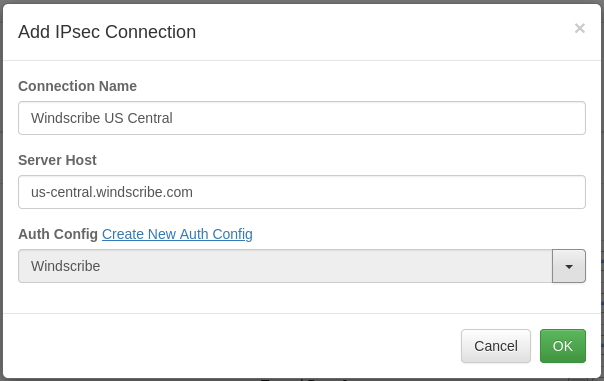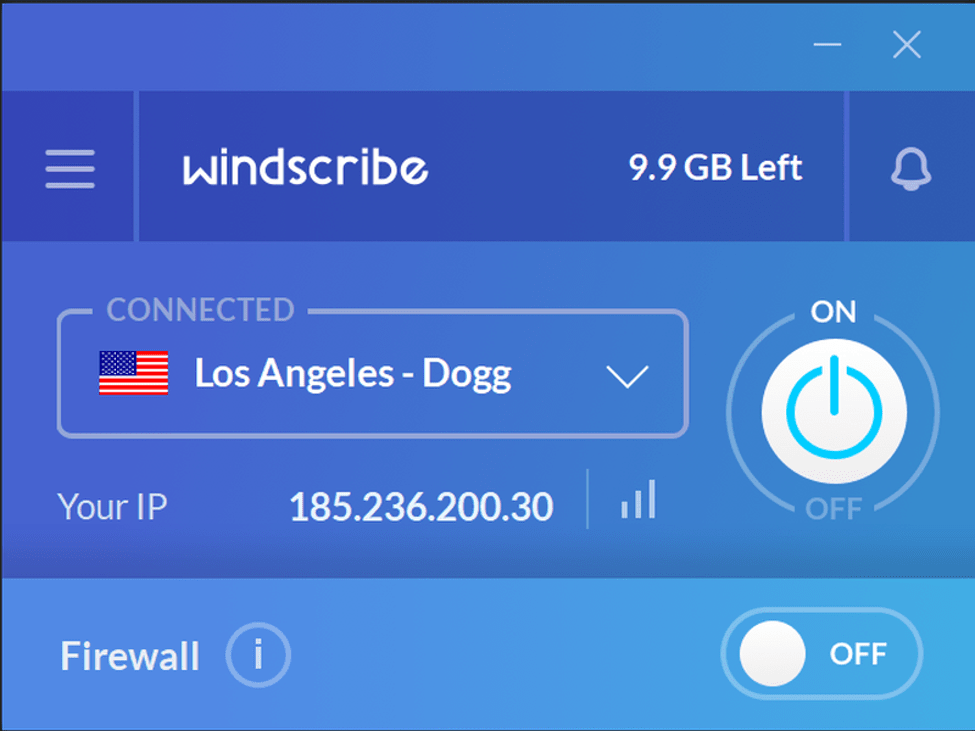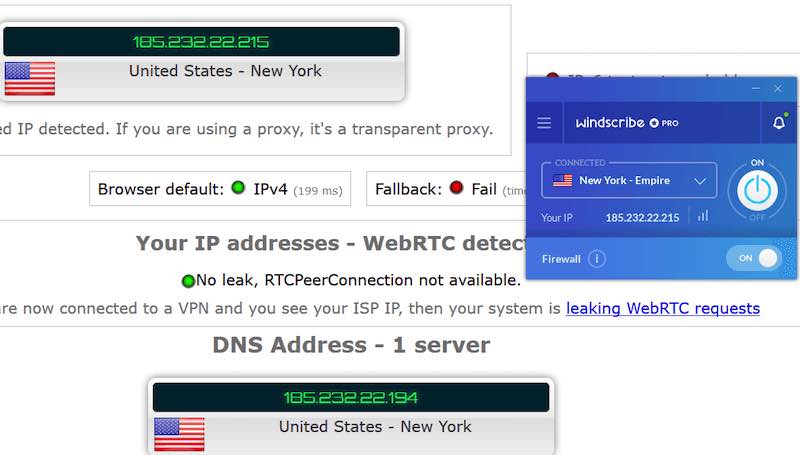
In some countries, the United States included, ISPs can sell these logs to advertisers and other third parties without needing your approval to do so.

In many countries, these DNS server logs can be subpoenaed by the government, law enforcement agencies, or entertainment industry lawyers to allow them to track your activities on the web. Resource requests are recorded in a log, along with the IP address of the customer who requested the address, the date and time of day and other sundry information.

This is a privacy concern, as your internet traffic passes through your ISP’s DNS servers, which record your data. Unless you have customized your computer, mobile device, or router to use a different source for DNS, your DNS requests will go to DNS servers owned and operated by your Internet Service Provider. How the Domain Name System Allows Others to Track You OnlineĪs I mentioned in the section above, when you enter the domain name of a website in your browser, the request goes to a DNS server, where the website’s IP address is found. While this is a logical and convenient way to manage internet traffic, it opens up a large can of worms when it comes to your online privacy. All of this usually happens in the blink of an eye.
#WINDSCRIBE DNS FULL#
Your browser then sends the full request to the web server at that IP address, and the web page loads into your browser. The IP address is returned to your browser. When you enter a website address in the address bar of your favorite browser, the domain name is sent to a DNS server, which looks up the IP address for that domain name. While some of you may be able to memorize such a long string of numbers (and you know who you are), it’s much easier to remember to type in “” to visit my website. The Domain Name System is a decentralized naming system for online resources, such as computers and other services.ĭNS translates domain names into IP addresses, removing the need for a user to memorize long strings of numbers in order to access websites and services while connected to the internet.įor example, the site you’re visiting at the moment carries an IP address of “104.27.166.50”. In this article, I’ll explain how DNS servers can be a threat to your privacy, what a DNS leak is, and how you can fix it. Since this is an internal IP address, you won't be able to resolve DNS queries if you're not connected to Windscribe.P erhaps one of the most important services on the internet is one that I’m betting most people never give a second thought to, the Domain Name System (DNS). All Windscribe DNS servers will start with 10. You can verify this by running the nslookup command in your Terminal / command line.

All DNS queries are made over the tunnel, which eliminates the chance of an IP leak entirely, since you won't be able to resolve DNS if there is an issue with the tunnel.

When you connect to a Windscribe location, you get a random IP address, however the DNS server for each location runs on the same IP, so they usually will not match. If the DNS server IP is in the same country as the location you're connected to, but the IP itself is not equal to the IP that you're actually assigned, that's not an issue. If you are testing for DNS leaks on sites like, or and it shows you that there is a DNS leak (especially on the last one), it usually does not actually mean that there is a DNS leak.


 0 kommentar(er)
0 kommentar(er)
